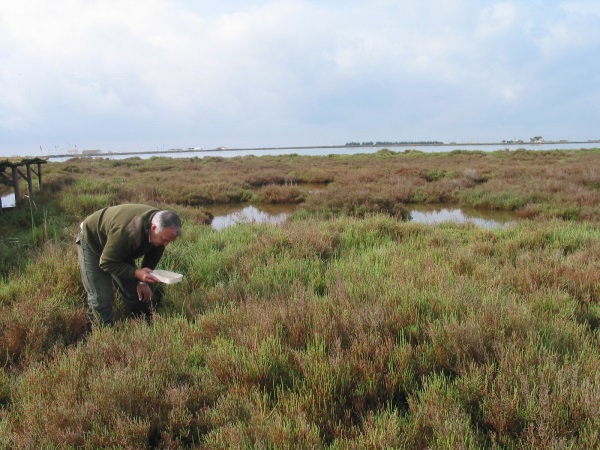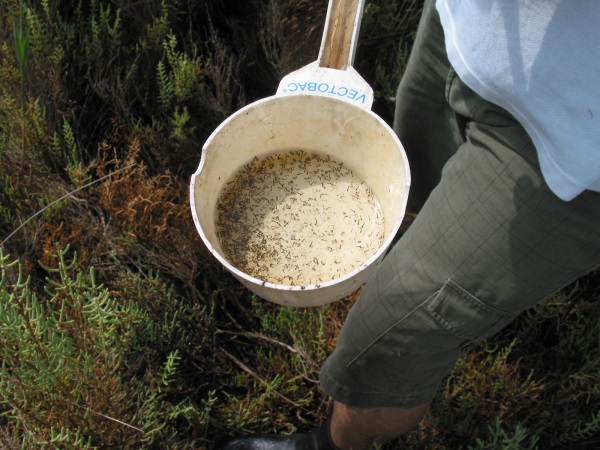It's the key element of antilarval control of mosquitoes in an area. Starting from the thematic mapping, a survey regime is established for all potential larval foci that have been detected in the territory. The periodicity will vary depending on the larval development of the species or species present in this focus.

The larval foci of a natural type (coastline, edge of rafts, back-beach, etc.) are closely linked to the development of G. Ochlerotatus species, as they present a very rapid development (3-4 days), they must be surveyed with a periodicity always less than that of the the development of its possible inhabitants. Thus it is established that all natural sources will be visited at least twice a week.
The rice fields that are mainly breeding grounds for G. Anopheles, with a longer larval development regime (10-15 days), will be visited once a week.

As can be seen, the chapter of larval prospecting in the set of tasks inherent to antilarval control of mosquitoes becomes a fundamental part and requires in global terms practically 80% of the efforts that are allocated. On average, more than 7,000 surveys are carried out during a campaign, in which a very traditional means of locomotion must be used to survey certain larval foci, since the morphology of the terrain does not allow other methods.
The visit to the larval focus includes:
- Verification of the presence or absence of water in the focus
- Investigation of the presence of mosquito larvae
- Collection of samples
- Notification of any natural or human incident that may alter the focus
- Completion of the prospecting field files where all the data of interest are reflected



